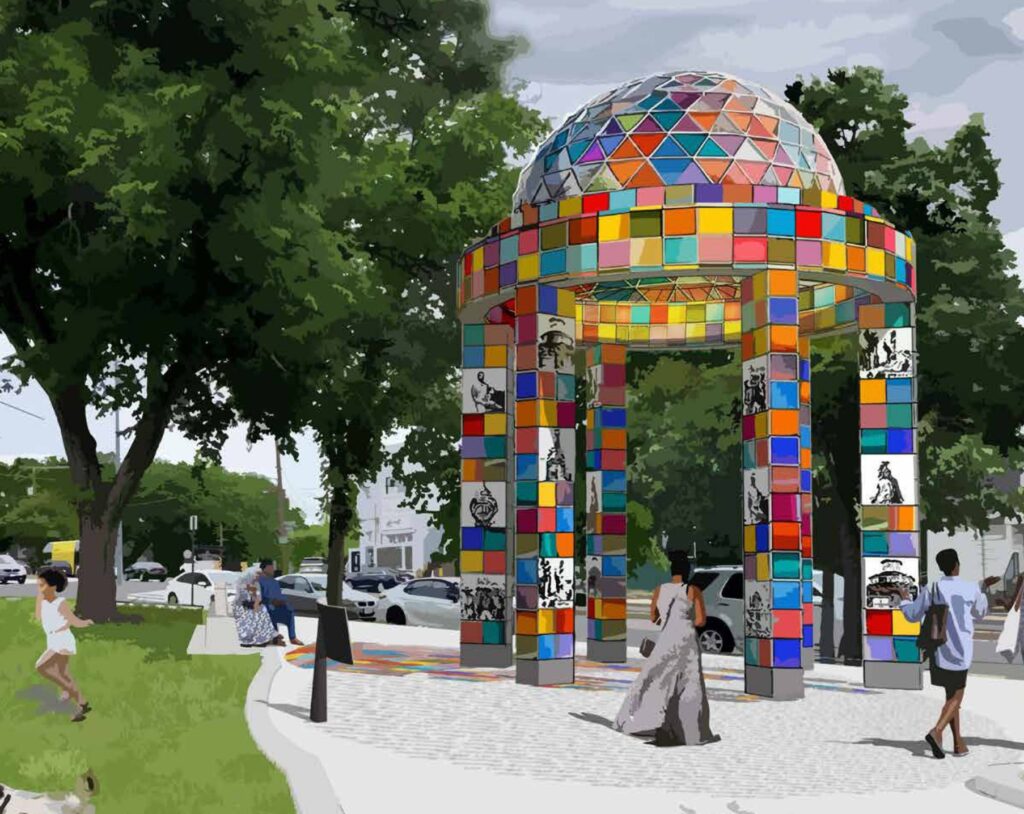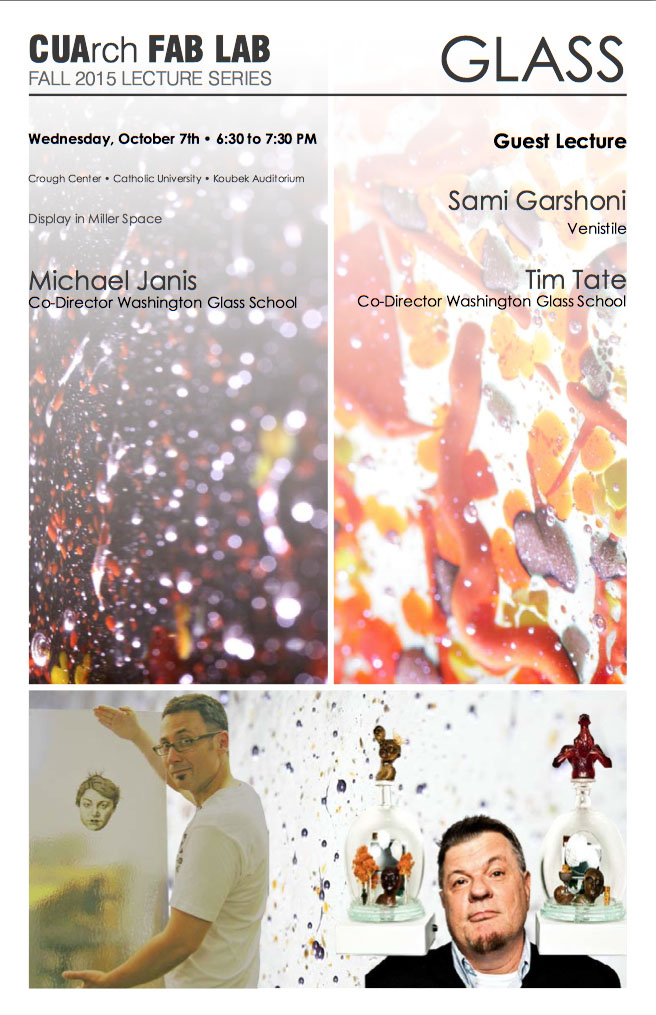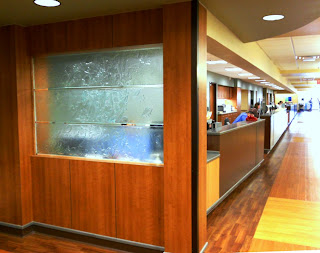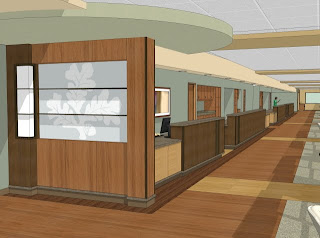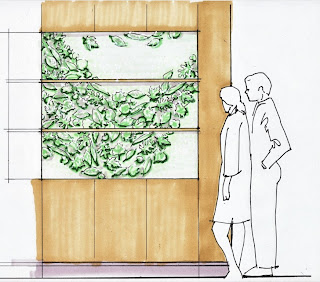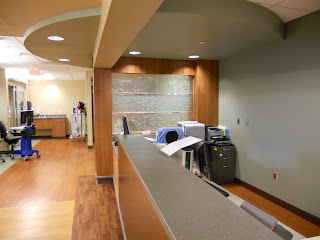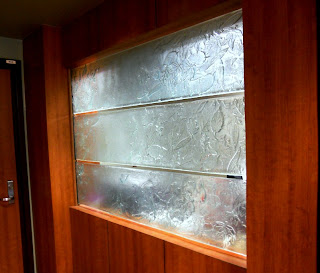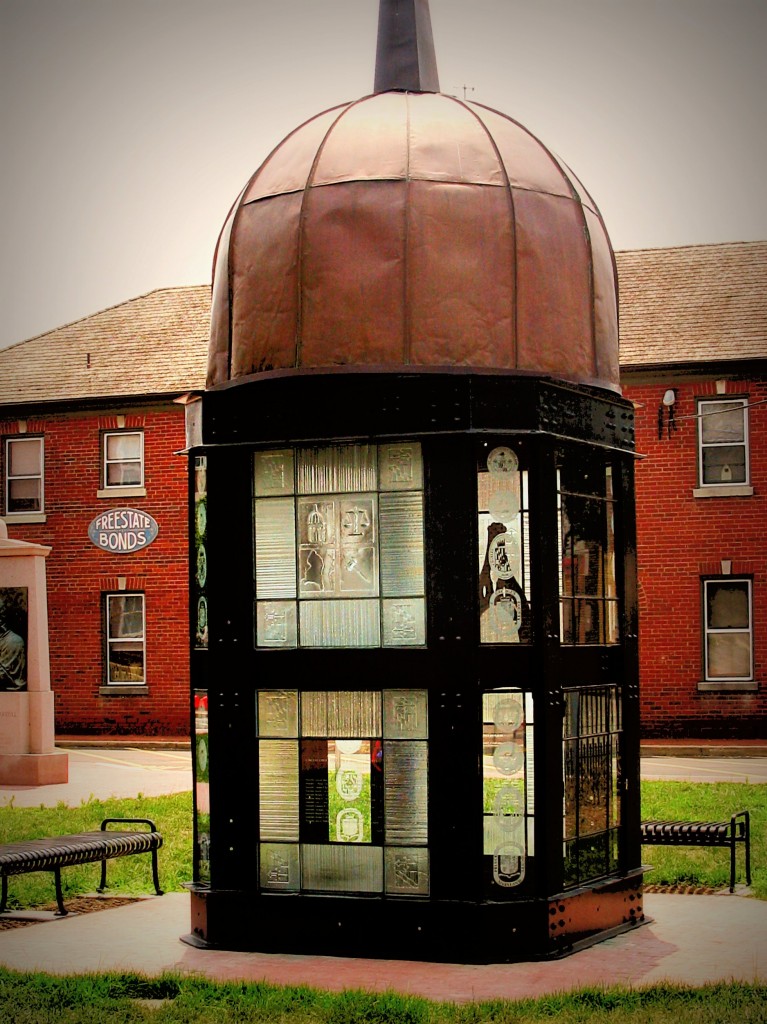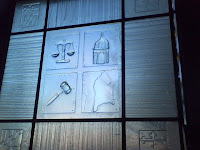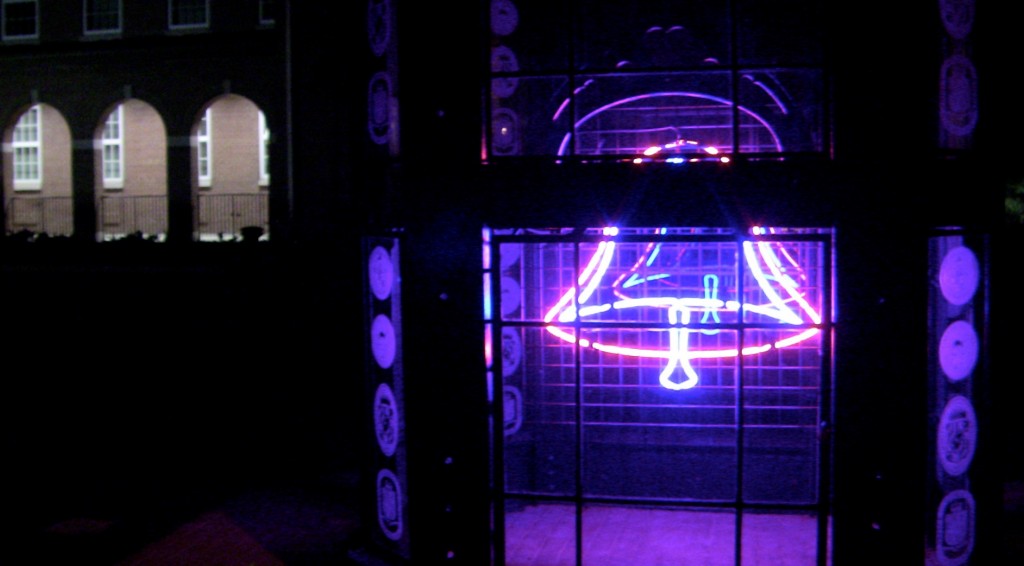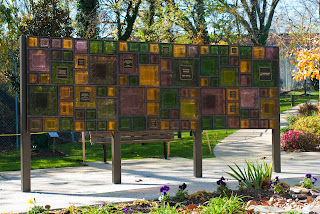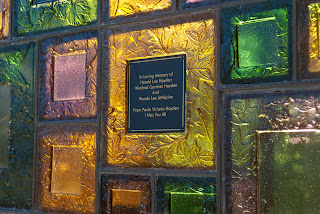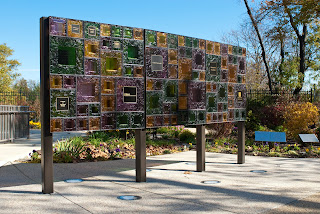 photograph by Tom Wolff
photograph by Tom Wolff
Michael Janis studied architecture at Mies van der Rohe’s IIT in his hometown of Chicago, IL. In 1993 he moved to Australia and there he worked on a number of large scale architecture projects, including work for the 2000 Sydney Olympics. It was in Australia that Michael first started working with glass, designing walls of cast glass.
Moving back to the United States in 2003, glass artwork became his focus. Michael began glass blowing at a Baltimore hot shop and was soon taking glass courses at art centers such as Haystack Mountain in Maine, North Carolina’s Penland School of Craft, and Urban Glass in New York.
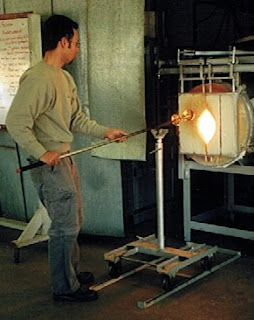 Michael at Penland School of Craft
Michael at Penland School of Craft
Attracted to the experimental and adventurous approach to the medium that defined the Washington Glass School, he soon became involved with the school as the Studio Coordinator.
 L-R Washington Glass Studio directors Erwin Timmers, Tim Tate, Michael Janis. From the 2006 American Style article “Filling Glass With Meaning“. Photo by Roger Foley.
L-R Washington Glass Studio directors Erwin Timmers, Tim Tate, Michael Janis. From the 2006 American Style article “Filling Glass With Meaning“. Photo by Roger Foley.
In 2005, Michael became one of the Co-Directors of the Washington Glass School, and he is the Director of Public Art projects for the Washington Glass Studio.
 “The Gravity Between Us” Hotel Palomar, Washington, DC
“The Gravity Between Us” Hotel Palomar, Washington, DC

Public Art sculpture for Prince George’s County Circuit Court
Michael continues teaching at the Washington Glass School, and also has taught glass art workshops at Istanbul’s Glass Furnace, the Penland School of Craft and the Bay Area Glass Institute (BAGI) in California.
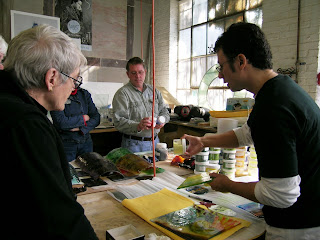 Michael teaching fused glass technique class at Washington Glass School, 2005
Michael teaching fused glass technique class at Washington Glass School, 2005
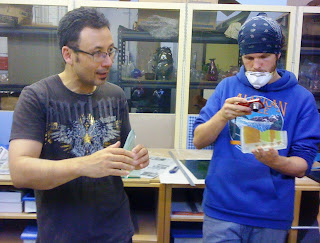 Michael Janis teaching at California’s Bay Area Glass Institute, 2010
Michael Janis teaching at California’s Bay Area Glass Institute, 2010
His kilncast bas-relief glass and steel sculptures were featured in the seminal “Compelled By Content” exhibition at Bethesda, Maryland’s Fraser Gallery. In this show, artists that used glass with narrative content showed how the traditional craft of glass was evolving.
 “Liar Paradox” Collection of Susan and Fred Sanders. Photo: Anything Photographic
“Liar Paradox” Collection of Susan and Fred Sanders. Photo: Anything Photographic
Michael began incorporating imagery into his glass works, and by manipulating crushed glass powder he has been able to create intricate detail images within the glass, layering the images to emphasize the depth within.
 Text and imagery work their way through Michael’s artwork panels, similar to an architect’s diagrams, suggesting elements of stories not fully disclosed. Michael’s work references the Surrealist artists of the early twentieth century and Neo-Dada concepts as seen in the work of artists like Robert Rauschenberg, Joseph Cornell and Jasper Johns.
Text and imagery work their way through Michael’s artwork panels, similar to an architect’s diagrams, suggesting elements of stories not fully disclosed. Michael’s work references the Surrealist artists of the early twentieth century and Neo-Dada concepts as seen in the work of artists like Robert Rauschenberg, Joseph Cornell and Jasper Johns.
Click HERE to jump to a short documentary on Michael and his sgraffito frit powder technique.
From the catalog of the 2011 exhibit “Material World”:
“When viewers see images of Michael Janis’ work, they may not immediately recognize it as glass art…The virtuosity of Janis’ technique supports his imagery, which is often tinged with a nostalgia for days where innocence reigned and magic seemed possible. Janis is not simply naïve, for there is a darker undercurrent to these works that speaks to the loss of this sense of wonder.” Stephen Boocks curator, April 2011
 Maurine Littleton Gallery space, SOFA Chicago 2009
Maurine Littleton Gallery space, SOFA Chicago 2009
In 2007, Maurine Littleton Gallery began exhibiting his glass artwork at international art shows such as Art Miami, SOFA Chicago and SOFA New York. Currently, his work is on exhibit at the Flemish Center for Contemporary Glass Art in Lommel, Belgium.
In 2009 he was awarded Florida’s “Emerging Artist” award by the Florida Glass Art Alliance, in 2010, he received the Saxe Fellowship from California’s Bay Area Glass Institute. This year, Janis will be named a “Rising Star” by the Creative Glass Center of America and the Art Alliance for Contemporary Glass at the biannual glass art conference held at the Museum of American Glass at WheatonArts, in New Jersey.
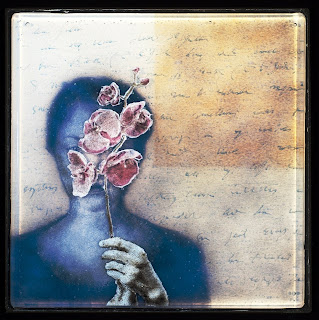
The Memory of Orchids, 2011
His first museum solo show will open this year (August 6 thru November 6, 2011) at the Fuller Museum of Craft, in Brockton, Massachusetts. Michael Janis also was just awarded a Fulbright Scholarship, and will be at the UK’s University of Sunderland and National Glass Center in 2012.
 Detail from “In the Evening Twilight”
Detail from “In the Evening Twilight”
Michael will be one of the featured artists in Long View Gallery’s exhibition of Artists of the Washington Glass School:
Washington Glass School: The First 10 Years
LongView Gallery
1234 9th Street, NW, Washington, DC May 19 – June 19,2011
Artist Reception, May 19th, 6:30-8:30 PM
For other Washington Glass School artist profiles:
Diane Cabe
Sean Hennessey
Allegra Marquart
Teddie Hathaway
Elizabeth Mears
Jackie Greeves
Erwin Timmers
Jeff Zimmer
Robert Kincheloe

